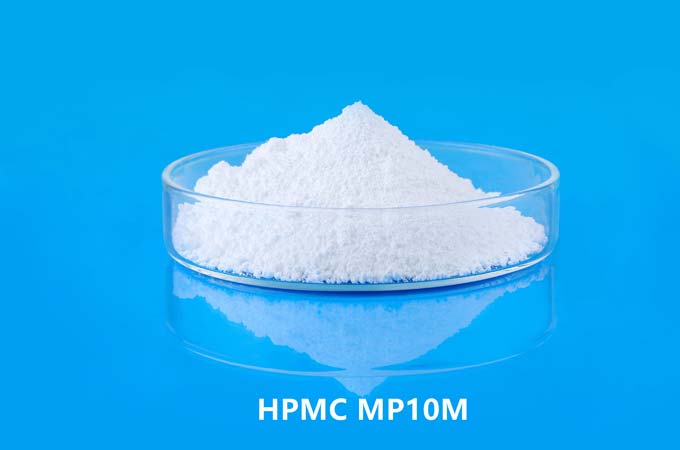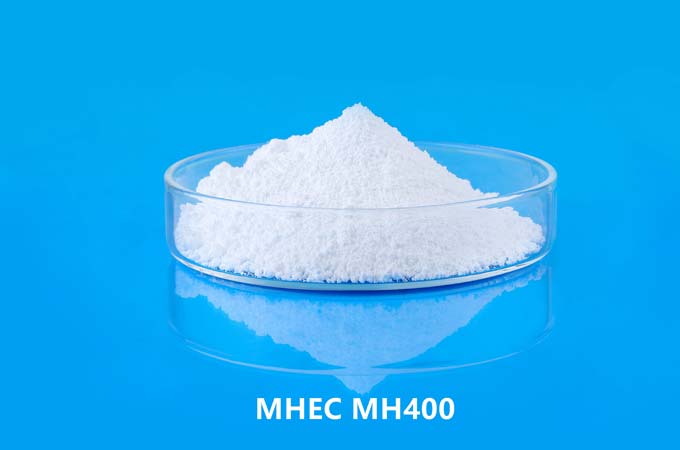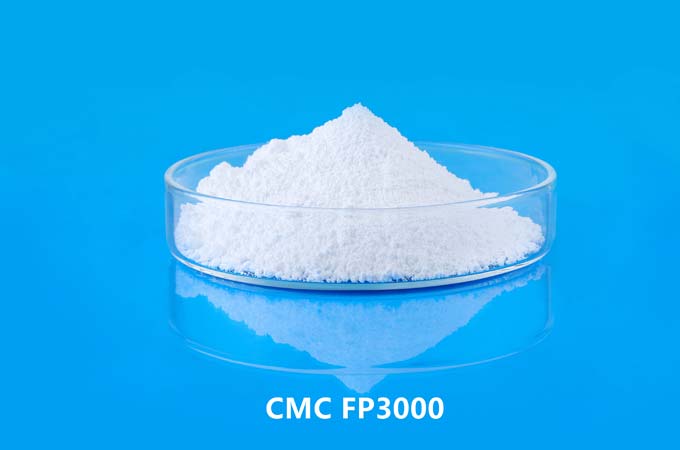Hydroxypropylmethylcellulose (HPMC) is a versatile and versatile polymer that belongs to the cellulose ether family. It is a semisynthetic derivative of cellulose, the most abundant organic polymer on Earth. HPMC is used in various industries including pharmaceutical, food, construction and cosmetics due to its unique combination of properties such as water solubility, film-forming ability and thickening properties.
The synthesis method of hydroxypropyl methylcellulose involves several steps such as raw material selection, chemical modification, purification and quality control. Here we will discuss each step in detail.
Source of cellulose:
The main raw material for HPMC synthesis is cellulose. Cellulose can be derived from a variety of sources, such as wood pulp, cotton, or other plant fibers. The choice of cellulose source affects the properties of the final HPMC product, like HPMC E3.
Alkali treatment:
Cellulose is treated with alkali to remove impurities and hemicellulose. This step involves treating the cellulose with an alkaline solution, usually sodium hydroxide (NaOH). Alkali treatment also facilitates the subsequent etherification reaction.
Etherification reaction: Methylation:
The first step in the etherification process is the introduction of methyl groups. This is usually achieved by reacting cellulose with methyl chloride (CH 3 Cl) in the presence of an alkali or a strong base such as sodium hydroxide. This reaction results in the formation of methylcellulose.
Hydroxypropylation:
After methylation, the next step is hydroxypropylation. This involves adding hydroxypropyl groups to the methylcellulose backbone. Propylene oxide (CH₃CHOCH2) is often used for this purpose. The reaction is promoted by a catalyst, usually a basic substance such as sodium hydroxide.
Alternative levels of control:
The degree of substitution (DS) refers to the average number of substituents per anhydroglucose unit in the cellulose chain. DS can be controlled by adjusting reaction parameters such as the ratio of reactants, reaction time and temperature. This step is crucial to obtain HPMC with specific properties.
Purification: Neutralization:
After etherification, the reaction mixture is usually acidic due to the presence of unreacted acid or acidic by-products. Neutralization is performed with an alkaline solution to adjust the pH and remove acidic impurities.
Washing and filtering:
The product is washed to remove residual reactants, by-products and catalyst. Filtration is often used to separate solid impurities, leaving a purified solution.
Quality Control: Analytical Techniques:
Various analytical techniques were used to assess the quality of HPMC, including determination of degree of substitution, viscosity, and moisture content. These analyzes ensure that a product meets specific standards and is suitable for its intended application.
Batch-to-batch consistency:
Consistency in the manufacturing process is critical to producing HPMC with reproducible performance. Implement quality control measures to maintain batch-to-batch consistency.
Finished product: Drying:
The purified HPMC solution is usually concentrated and then dried to obtain the final product in powder form. The drying process removes excess water and produces a stable, easy-to-handle material.
Package:
Pack the dried HPMC powder in suitable containers to prevent moisture absorption and maintain its quality during storage and transportation.
The synthesis method of hydroxypropyl methylcellulose involves a series of carefully controlled steps, from raw material selection to purification and quality control. The process produces a versatile and valuable polymer with multiple applications across industries. The ability to tailor the properties of HPMC through controlled etherification reactions makes it a key ingredient in a variety of formulations and products.
 English
English 日本語
日本語 français
français Deutsch
Deutsch Español
Español italiano
italiano русский
русский português
português العربية
العربية Türkçe
Türkçe Nederland
Nederland



